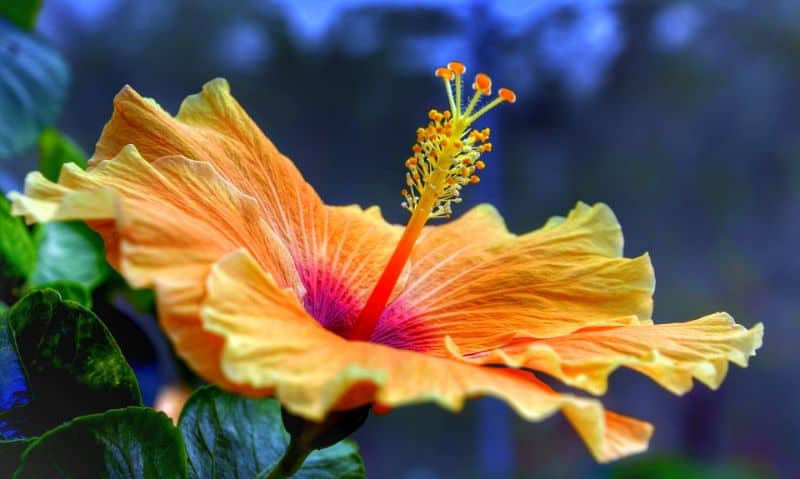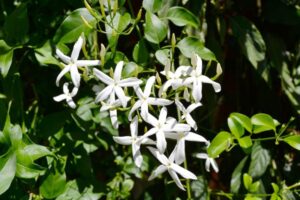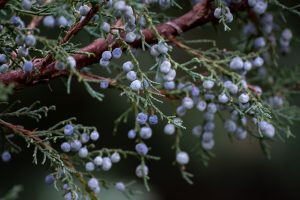In this post, we will walk you through the best practices for harvesting hibiscus for tea, ensuring you can make the most of this delightful plant.
Understanding Hibiscus

Hibiscus, particularly Hibiscus sabdariffa, is celebrated for its tart flavor and bright crimson hue. Often referred to as roselle, this tropical plant thrives in warm climates but can also be grown in containers or as an annual in cooler regions. The flowers, calyces (the part beneath the flower petals), and leaves can all be used for tea, with the calyxes being the most common part for brewing.
When to Harvest
Timing is key when harvesting hibiscus. The best time to pick your hibiscus flowers is when they are fully open and vibrant in color. This usually occurs during the summer months, generally between June and October, depending on your region. The flowers bloom in the morning and typically remain open for one day, so keep an eye out each morning to catch them at their best.
How to Harvest
Gather Your Tools: You’ll need a pair of sharp garden scissors or shears, a basket or container for collecting the flowers, and gloves if desired.
Choose Healthy Flowers: Look for flowers that are bright, unblemished, and fully open. Flowers that show signs of wilting or browning should be left on the plant.
Cut Carefully: Use your scissors to snip the flower just below where the calyx meets the stem. Aim to cut at a 45-degree angle; this helps the flower stay fresh longer.
Handle with Care: After cutting, place your flowers gently in your basket to avoid crushing them.
Preparing Hibiscus for Tea
Once you’ve harvested your hibiscus, it’s important to prepare it properly for the best flavor:
Remove Unwanted Parts: Gently separate the calyx from the petals. While the petals are beautiful, they are typically not used in tea-making. You may wish to keep the petals for decoration or other uses.
Wash: Rinse the calyxes thoroughly to remove any dirt or insects.
Drying: If you plan to store your hibiscus for later use, it’s essential to dry it correctly. Spread the calyxes out on a clean towel or drying rack in a well-ventilated area, away from direct sunlight. Alternatively, you can use a food dehydrator or your oven on the lowest setting for quicker drying.
Brewing Hibiscus Tea
Once your hibiscus is dried, it’s time to brew a refreshing cup of tea!
Ingredients:
1-2 tablespoons of dried hibiscus calyces
4 cups of water
Sweetener (optional, try honey or sugar)
Lemon or lime slices (optional)
Instructions:
Boil Water: In a pot, bring the water to a boil.
Add Hibiscus: Remove the pot from heat and add the dried hibiscus calyces. Allow them to steep for about 15-20 minutes.
Strain: Once steeped, strain the tea through a fine mesh sieve or cheesecloth into a teapot or pitcher.
Sweeten to Taste: If desired, add sweetener and mix well.
Serve and Enjoy: Enjoy your hibiscus tea hot, or let it cool and serve over ice for a refreshing summertime drink. Garnish with lemon or lime for an extra zesty flavor.
Health Benefits
Hibiscus tea is not just a delicious beverage; it also boasts a range of health benefits:
Rich in Antioxidants: Hibiscus is packed with antioxidants, which can help fight against free radicals in the body.
May Lower Blood Pressure: Some studies suggest that hibiscus tea may help lower blood pressure in adults.
Supports Digestive Health: The tea is also known to assist in digestion and reduce bloating.
Aids Weight Management: Regular consumption of hibiscus tea may support weight loss efforts.
Final Thoughts
Harvesting hibiscus for tea is a rewarding activity that connects you with nature while providing a delicious and healthy drink. With the right techniques, you can enjoy a refreshing cup of hibiscus tea at any time of the year, whether you grow it in your garden or buy from local sources. By following these steps, you’ll be well on your way to sipping on this delectable herbal tea that not only tastes great but also offers numerous health benefits.





